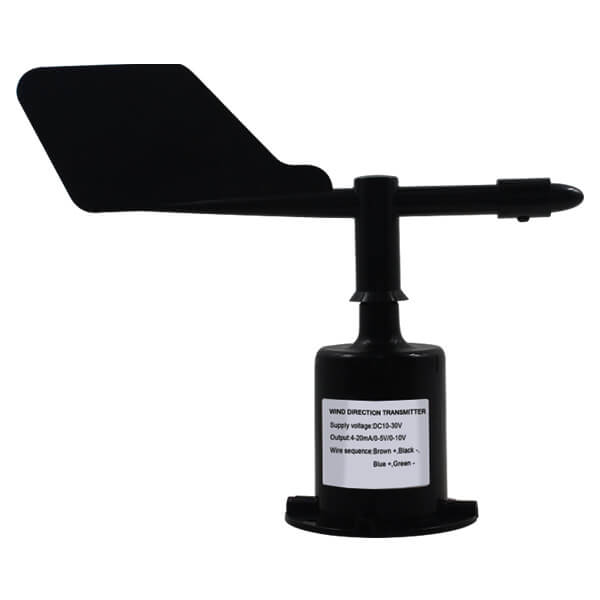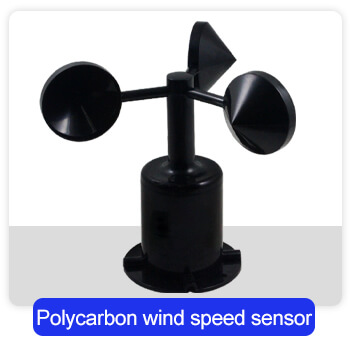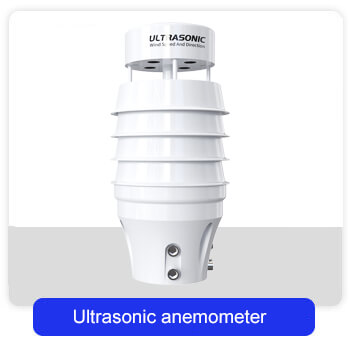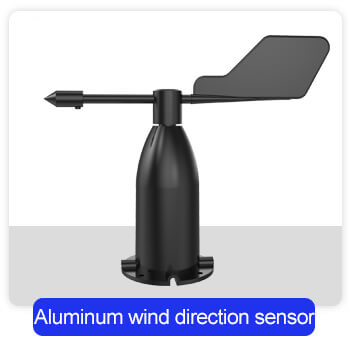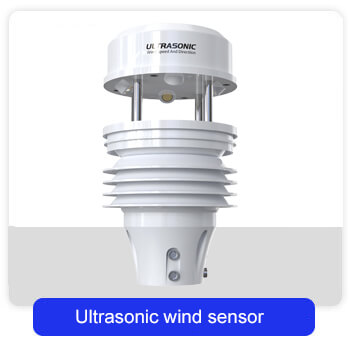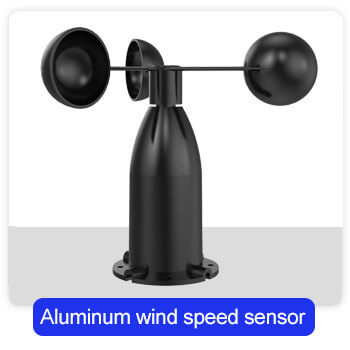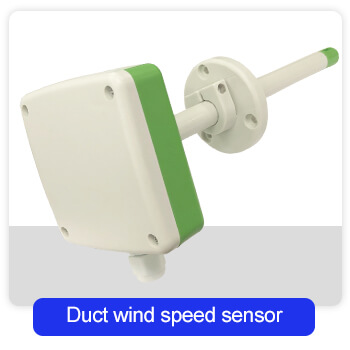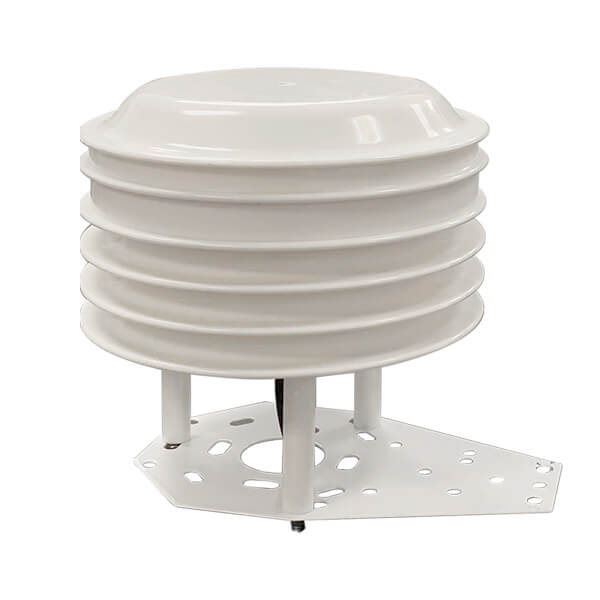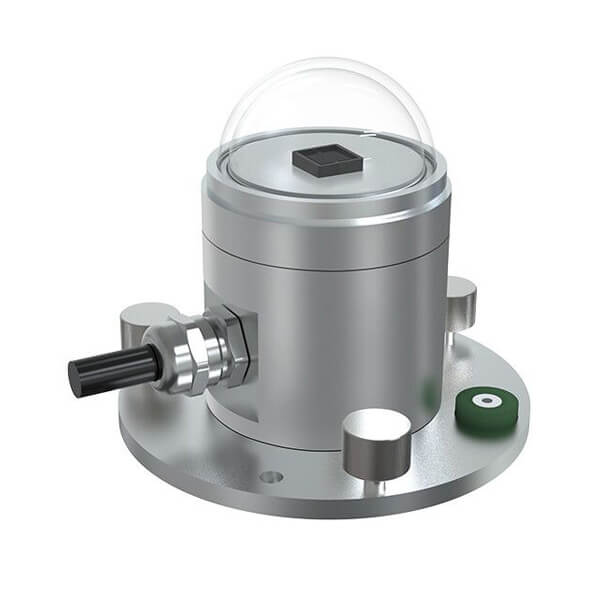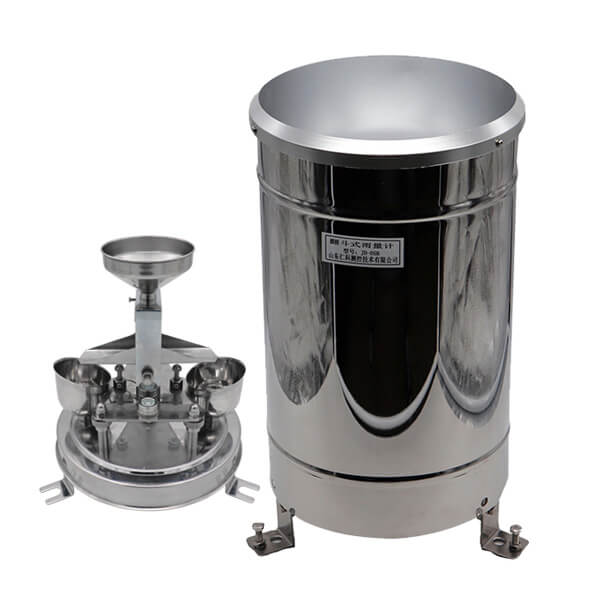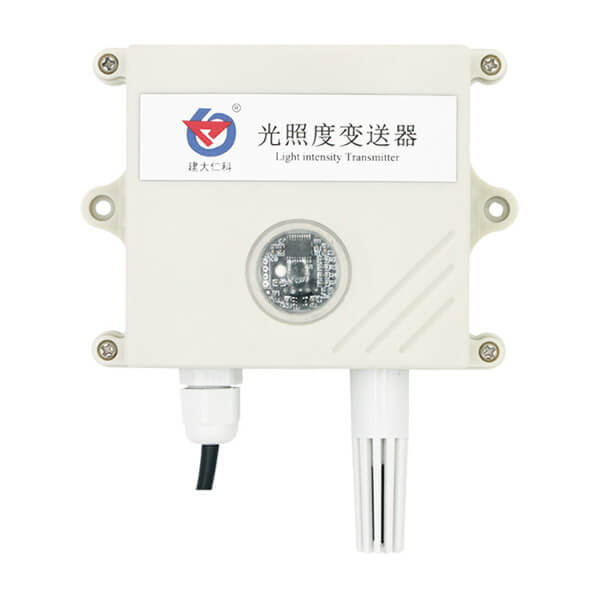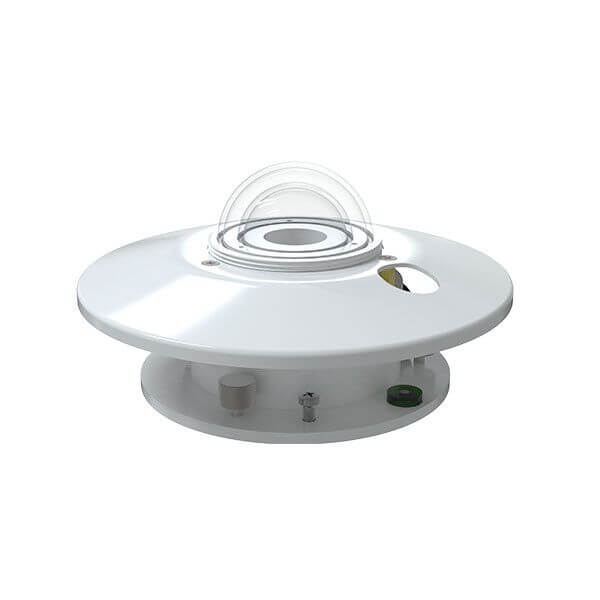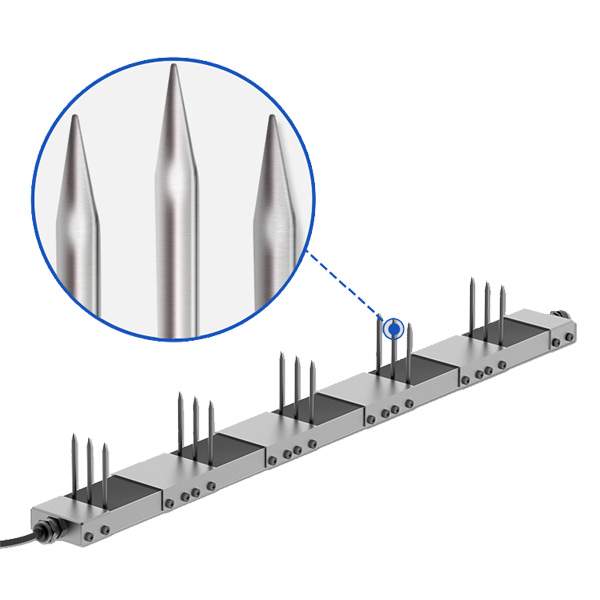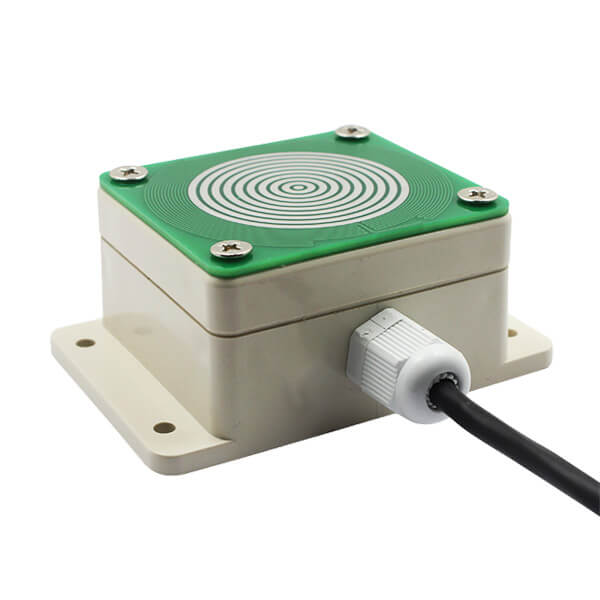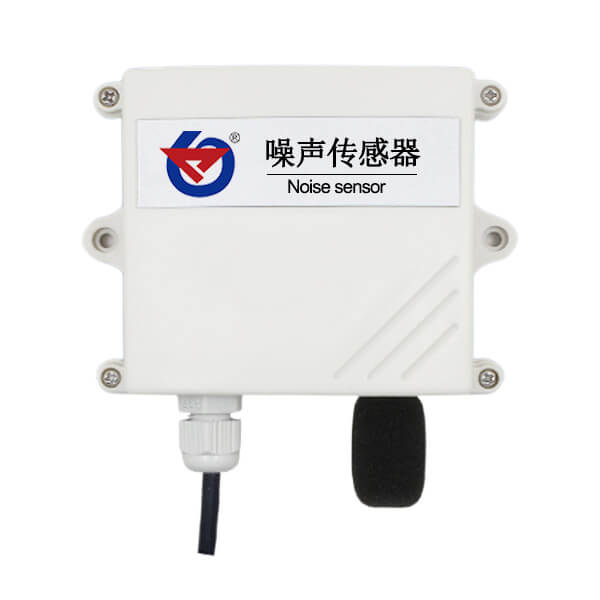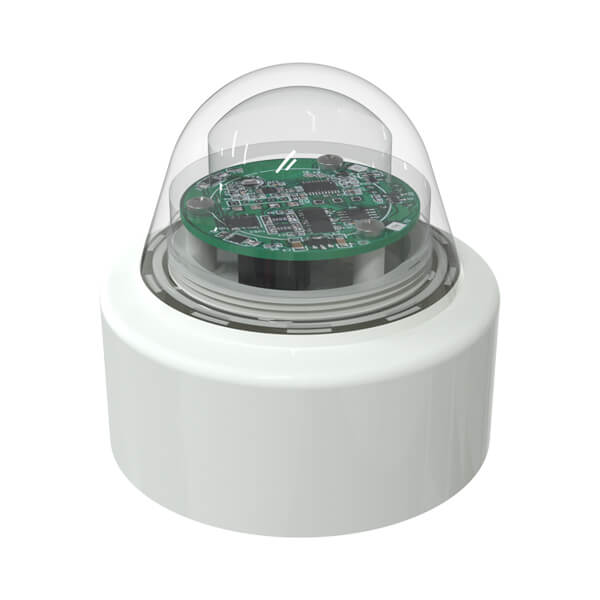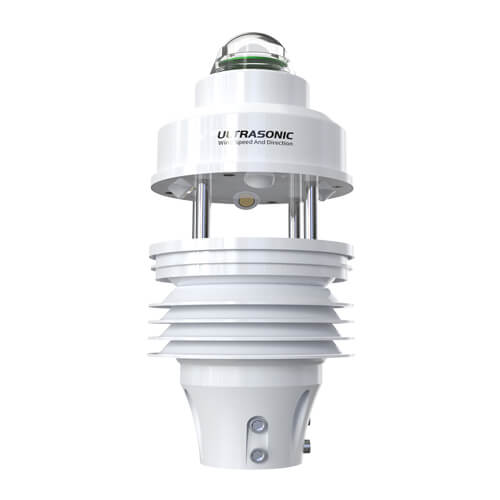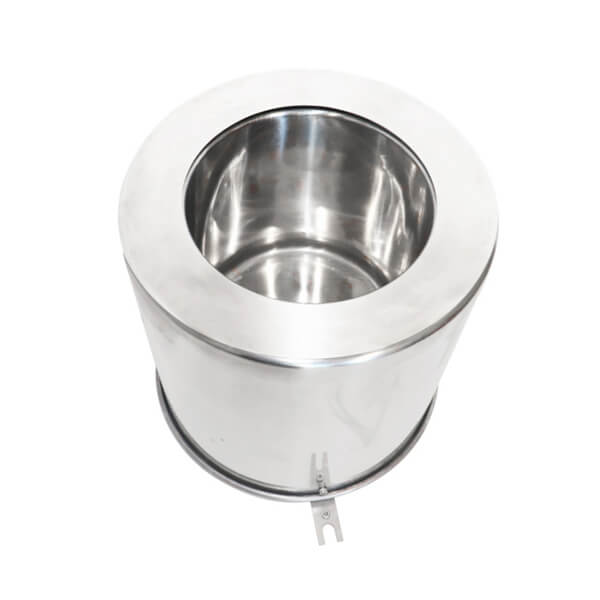Table of Contents What are meteorological sensors? Meteorological sensors are specialized equipment for understanding and measuring climate change. These sensors are often mounted in combination
Polycarbon Wind Direction Sensor
The wind direction sensor is a physical device that detects and feels the wind direction information from the outside by the rotation of the wind direction arrow and transmits it to the coaxial encoder, and at the same time outputs the corresponding wind direction related value.
- Model: RS-FXJT-*-*-EX
- MOQ: 1 PCS
- Delivery date: within 24 hours
- Price: USD 23.10
About - Wind direction sensor
According to the output mode of the wind direction sensors, there have five types of wind direction sensors: wind direction sensors 4-20ma, wind direction sensors 0-5v, wind direction sensors 0-10v, wind direction sensors rs485, and wind direction sensors pulse.
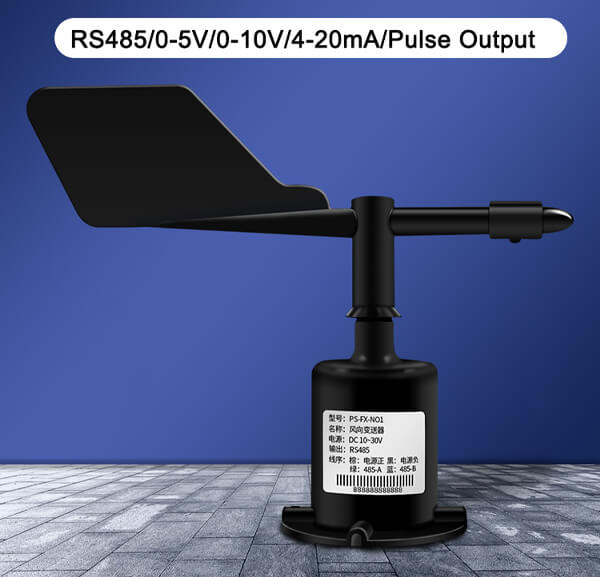
Wind direction sensor description
The wind direction transmitter is composed of a wind cup, sensor body, circuit module, transmission cable, and other devices. The wind cup of the wind direction sensor is usually made of high weather resistance, high strength, corrosion resistance, and waterproof metal; the sensor body is generally formed of aluminum-magnesium alloy, and the internal circuit is sprayed with three anti-paint treatments, which can adapt to harsh environments. The circuit module has extremely reliable Anti-electromagnetic interference ability and high and low voltage protection ability can ensure that the host can work normally in an environment of -20℃~60℃ and humidity 10%~95%.
Details - Wind direction sensor
Datasheet
| Power supply | 10 ~ 30V DC or 5V DC |
| Measuring range | 8 directions / 16 directions / 0~359.9° |
| Working Temp | -20℃~+60℃, 0%RH~80%RH |
| Response speed | ≤ 0.5s |
| Output signal | RS485/0-5V/0-10V/4-20ma |
| Protect level | IP65 |
| Material | Polycarbonate |
| Package size | 26*24*13cm, 0.3kg |
Features
The wind direction transmitter measure range has 0~360° and 8 directions.
Our 360 degree wind direction sensors range is 0~359.9 degrees, the wind direction transmitter is small and light, easy to carry and assemble.
Anti-electromagnetic interference treatment. Using high-performance imported bearings, low rotation resistance, accurate measurement.
Polycarbonate shell, high mechanical strength, high hardness, corrosion resistance, no rust, and long-term use outdoors.
The structure and weight of the equipment have been carefully designed and distributed, with a small moment of inertia and sensitive response.
Aluminum wind sensor datasheet
| Measuring range | 8 orientation |
| Accuracy | 1 position |
| Starting wind speed | ≤0.5m/s |
| Power supply | 10~30VDC |
| Output | 4~20ma/0~5V/0~10V/RS485 |
| Instrument line length | standard: 0.7 meters |
| Load capacity | current type≤600Ω, Voltage type≤250Ω |
| Working environment | -40℃~ 60℃, 0%RH~80%RH |
| Protection level | IP65 |
FAQ
Frequently Asked Questions about Wind Direction Transmitters
What is a wind direction sensor?
The wind direction sensor is a physical device that detects and senses the wind direction information from the outside by the rotation of the wind direction arrow, and transmits it to the coaxial code disc, and at the same time outputs the corresponding value of the wind direction.
What are the precautions for using the wind direction sensors?
1. Users are not allowed to disassemble by themselves, let alone touch the sensor core, so as to avoid damage to the product.
2. Keep away from high-power interference equipment as much as possible to avoid inaccurate measurement, such as inverters, motors, etc., when installing or disassembling the transmitter, you must first disconnect the power supply. Water in the transmitter can cause irreversible changes.
3. Prevent chemical reagents, oil, dust, etc. from directly invading the sensor, do not use it for a long time under condensation and extreme temperature environments, and prevent thermal shock.
Why the wind direction sensor with RS485 output cannot be connected to PLC or computer?
1. The computer has multiple COM ports, and the selected port is incorrect.
2. The device address is wrong, or there are devices with duplicate addresses (the factory defaults are all 1).
3. The baud rate, check method, data bit and stop bit are wrong.
4. The host polling interval and waiting response time are too short, and both need to be set above 200ms.
5. The 485 bus is disconnected, or the A and B wires are connected reversely.
6. If the number of equipment is too much or the wiring is too long, power supply should be nearby, add 485 booster, and add 120Ω terminal resistance at the same time.
7. The USB to 485 driver is not installed or damaged.
8. The equipment is damaged.
The reason why the analog output wind direction sensor has no output or output error?
1. The PLC calculation error is caused by the error corresponding to the range. Please refer to the technical indicators in the first part of the range.
2. The wiring method is wrong or the wiring sequence is wrong.
3. The power supply voltage is wrong (24V power supply for 0-10V type).
4. The distance between the transmitter and the collector is too long, causing signal disturbance.
5. The PLC acquisition port is damaged.
6. The equipment is damaged.
What are the common types of wind direction sensor?
- Electromagnetic wind direction sensors: It is designed using electromagnetic principles. Because there are many types of principles, the structure is different. At present, some such sensors have begun to use gyroscope chips or electronic compasses as basic components, and their measurement accuracy has been further improved.
- Photoelectric wind direction sensors: This wind direction transmitter uses an absolute gray code disc as the basic element, and uses a special customized coding code. Based on the photoelectric signal conversion principle, it can accurately output the corresponding wind direction information.
- Resistive wind direction sensors: This kind of wind direction transmitter adopts a structure similar to a sliding rheostat. The maximum and minimum resistance values generated are marked as 360° and 0° respectively. When the wind vane rotates, the sliding rod of the sliding rheostat will follow The wind vane on the top rotates together, and the different voltage changes produced can calculate the angle or direction of the wind direction.
Where to use this aluminum wind direction sensor?
The aluminum alloy wind direction transmitter can be widely used in the fields of meteorology, ocean, environment, airport, port, laboratory, industry, agriculture, and transportation.
We provide a free cloud platform to facilitate users to view data at any time through a computer or mobile phone.
Related blogs
The weather sensors are the sensing end of the weather station and collect various weather-related data. The weather station can obtain the main parameters and
A greenhouse is a closed environment that provides optimal conditions for plant growth and promotes plant growth by controlling indoor and outdoor environments. A complete
Table of Contents What is IoT? IoT is the “Internet of things“. It is an extended and expanded network based on the Internet. It combines
Table of Contents What is an anemometer? An anemometer is an instrument that measures the velocity of air, sometimes called a wind sensor. The earliest
The weather station can provide users with comprehensive weather information over the years. Regular maintenance of weather stations is an important operation to ensure measurement
Table of Contents How wind sensor work? Wind speed sensor working principle Wind speed sensor is a physical device used to measure wind speed. The
Table of Contents Where to mount wind sensor? Installing wind sensor on the weather station The wind sensor is a crucial component of a weather
A complete set of a weather station is composed of two parts: hardware and software. The hardware part includes various weather station sensors, connecting lines,
Table of Contents Do you know where to mount weather station? The weather station should be installed as far as possible on the open ground

